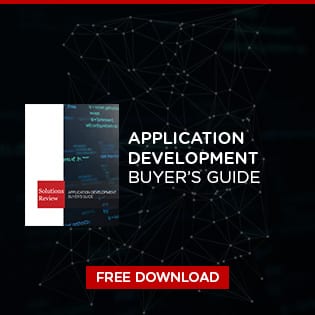Top Tips for Mobile Application Security

Enterprise mobile applications have achieved a certain level of ubiquity in the last ten years, finding their way into retail, manufacturing, finance, and just about everything else. This is great news for both developers and businesses, indicating the general utility of mobile applications in the workplace. It also hints that business grade mobile applications may have begun to paint a big red target on their back. Enterprises are now needing address a very serious question, “how do our applications stand against hackers?”.
If this hasn’t been passing through your mind, consider this:
- 100% of the top 100 paid apps on the Google Android platform had been hacked
- 56% of the top 100 paid apps for Apple iOS had been hacked
- 73% of popular free apps on Android had been hacked
- 53% of popular free apps on Apple iOS had been hacked
Scary stuff, and even more so with the number of companies incorporating a BYOD policy in their offices. In the face of all this uncertainty, mobile app security testing has become increasingly popular. Here are are a couple ways that you can ensure that your apps are locked down.
It All Comes Down to Code
This should seem pretty basic, but hackers will be looking anywhere and everywhere for weaknesses in your code. Infosecurity has reported that at any given time, malicious code is infecting over 11.6 million mobile devices. Even before a security vulnerability is exploited, it’s possible for a hacker to receive a public copy of an application and reverse engineer it, turning some of the most popular apps on the market into “rogue apps” deployed through risky third party marketplaces. To fight this, businesses may want to consider helping their developers detect any of those weaknesses to prevent any such behavior.
Mobility Application Management
Mobile Application Management (MAM) is not to be confused with Mobile Device Management. While MDM focuses on device activation and provisioning, MAM involves software delivery, licensing, and configuration. With more businesses allowing for a BYOD policy, it’s no wonder that MDM and MAM have become so popular. Modern MAM solutions are now available with the flexibility to modify policy rules based on changes in application behavior. This relieves some of the pressure on IT departments to monitor employee app usage and allows them to send alerts and updates to employees directly and dynamically.
Authentication, Authorization, and Identification
With these added measures, users can prove to an application their identity to reduce the risk of a security breach. Often times, using third party APIs can be a bit risky for businesses, since it puts full trust in the security of their code. That being said, you should make sure that the API you use only allows access to parts of the application deemed to be necessary to reduce vulnerabilities. OAuth 2 is an authorization framework that enables applications to obtain limited access to user accounts on a HTTP services. This will allow your application to grant permissions between users and clients by collecting credentials.
Encryption
Encryption is one of the major tentpoles in security. By scrambling critical information stored on a device, unauthorized users are left unable to read the data. The key to de-scrambling the data is only known to the communicating ends of the application, meaning that any eaves-droppers are unable to decipher the code. In addition to social media and communication applications, encryption also protects customer and employee data stored on enterprise applications. For more on encryption, click here.
Widget not in any sidebars
- 5 Questions to Ask When Hiring a Mobile App Developer - August 22, 2017
- The Top 10 User Experience Blogs You Need to Follow in 2017 - July 17, 2017
- Solutions Review Presents: The User Interface Hall of Shame - July 13, 2017




















